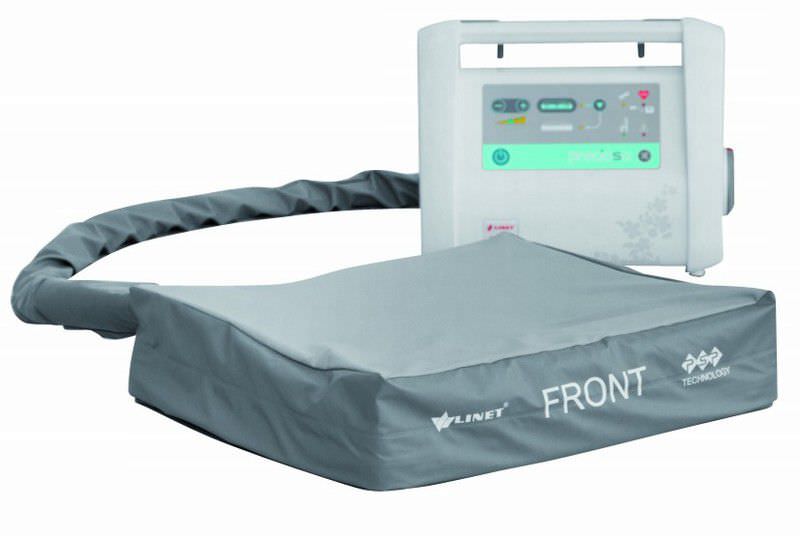
“PIs present differently in darker skin, and are often missed until they advance into higher, more dangerous stages. There are also problems with assessment documentation, complete lack of written processes, or the failure of processes in place.”Īssessment and late-stage detection of PIs are other concerns, add Thibault and Worden. “Staffing ratios, lack of staff education, and lack of support from leadership all contribute to the growth of pressure injury incidence. Healthcare staff, leadership and operations all play a part in PIs, said Erica Thibault, MS, RN, CNS, APN, CWON, Sizewise Clinical Manager, and Suzanne Worden, PT, MS, CSPHA, Sizewise Clinical Liaison. healthcare system around $11 billion per year.” PIs increase healthcare utilization and medical management, costing the U.S. In addition, the average lengths of hospital stay more than doubles for patients who acquire PIs during their care. This represents an increase of 119,000 pressure wounds, resulting in close to 5,000 deaths. The rate of PIs rose by 6% over the study period. “While the newly published AHRQ report data for 2014-2017 shows an overall decrease in Hospital Acquired Conditions (HACs), this doesn’t extend to pressure injuries (PIs). Kristy Warren, MSN-Ed, RN, BA, CLLM, Director, Clinical Resources, Encompass Group, LLC, affirms a heavy human and financial toll of PIs on people and healthcare providers. The tolerance of soft tissue for pressure and shear may also be affected by microclimate, nutrition, perfusion, co-morbidities and condition of the soft tissue.” 1 PI costs and causes The NIAP, renamed last November from the National Pressure Ulcer Advisory Panel (NPUAP) in line with the internationally preferred pressure injury term 2, added, “The injury occurs as a result of intense and/or prolonged pressure or pressure in combination with shear.
SIZEWISE IMMERSE SKIN
The National Pressure Injury Advisory Panel (NPIAP) defines pressure injury as “localized damage to the skin and underlying soft tissue usually over a bony prominence or related to a medical or other device.” 1 PIs are difficult to detect, cause pain and infections, prolong hospital stays, are costly to treat and can become deadly.

Pressure injuries (PIs), also known as pressure ulcers or pressure wounds, continue to rise and harm patients throughout the U.S.


 0 kommentar(er)
0 kommentar(er)
